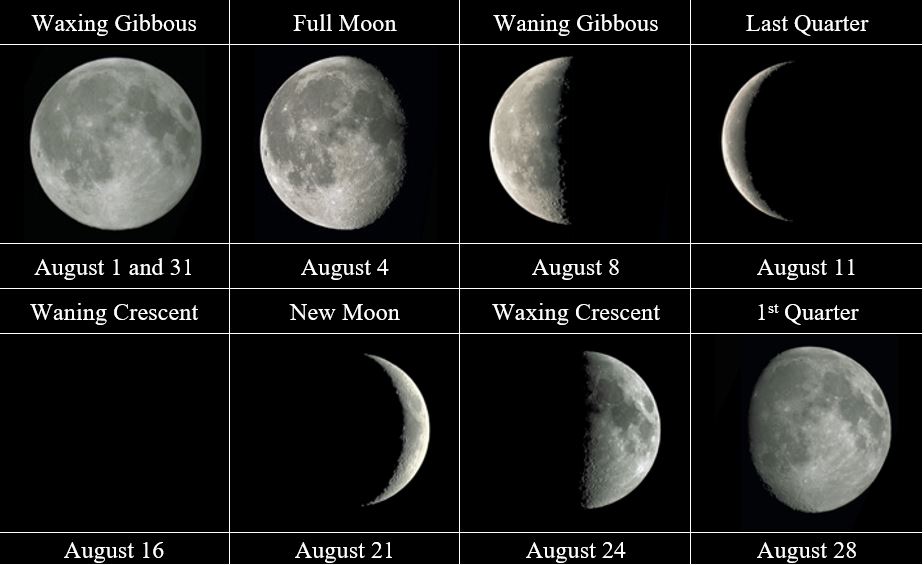Welcome to the Ontario Parks “Eyes on the Skies” series. This space (<– see what we did there?) will cover a wide range of astronomy topics with a focus on what can be seen from the pristine skies found in our provincial parks.
August is here at last with its fine weather, fewer mosquitos, and longer nights. All of the constellations and objects from July are still visible, but there are a few exciting new things to see this month.
Here are our astronomical highlights for August 2023:
The sun
The sun continues its apparent drop in elevation as it approaches next month’s fall equinox (equal light and dark).
For those of us relying on daylight to paddle to that distant lakeside campsite or hike that last ridge before setting up for the evening, knowing when the sun sets is important.

In August, we see a big change in the amount of daylight. The sun sets around 8:55 p.m. at the beginning of the month, but by month’s end, it sets almost an hour earlier at 8:05 p.m.
Because of the canopy of trees surrounding most campsites, the horizon will be blocked, meaning you will lose the sun about an hour earlier. If you’re travelling around August 31, make sure you finish your hike or paddle by 7:00 p.m.
This can shorten our recreation time, but from an astronomy perspective, we gain almost two more hours of darkness to appreciate the night skies.
Sunrise and sunset times
| August 1 | August 15 | August 31 | |
| Sunrise | 6:07 am | 6:25 am | 6:44 am |
| Midday | 1:32 pm | 1:30 pm | 1:26 pm |
| Sunset | 8:55 pm | 8:35 pm | 8:06 pm |
The moon
The moon has long captivated observers of all ages. August lunar phases of the moon occur as follows:
The planets and a rare morning viewing of the solar system
The beautiful planet Saturn rises at 10:00 p.m. By the end of the month, it rises at 8:00 a.m and Jupiter about two hours afterwards.
Both are lovely to look at amongst the background stars. Jupiter (with binoculars) will show its four largest moons in dark skies. Saturn (in even a small telescope) will show off is glorious rings.
Meteor showers and satellites
This year’s August Perseid meteor shower should be spectacular as it occurs near new moon with a possibility of seeing up to 100 meteors per hour from dark skies.
This meteor shower originates from a recurring comet, Swift-Tuttle, that last past by in 1995 and has a 133 year orbit.
Meteor observing, especially in the dark skies of our provincial parks, is one of the most enjoyable ways to get into astronomy.
You don’t need any special equipment other than your eyes!
A lounge chair, sleeping bag, and a buddy are all welcome additions to enjoying the spectacle. If you take a look at our constellation charts, you can practice learning your constellations while you watch for the meteors.
A meteor shower occurs when the Earth enters the debris field of a comet that has long ago passed around the sun.
These bits of dust and grit, often no bigger than your thumbnail, enter the earth’s atmosphere and burn up high above the ground (see our post on meteor showers for more information).
Featured constellations: an archer, dolphin and a goat
In this month’s featured constellations, we discuss Sagittarius, Capricornus, and Delphinus.




